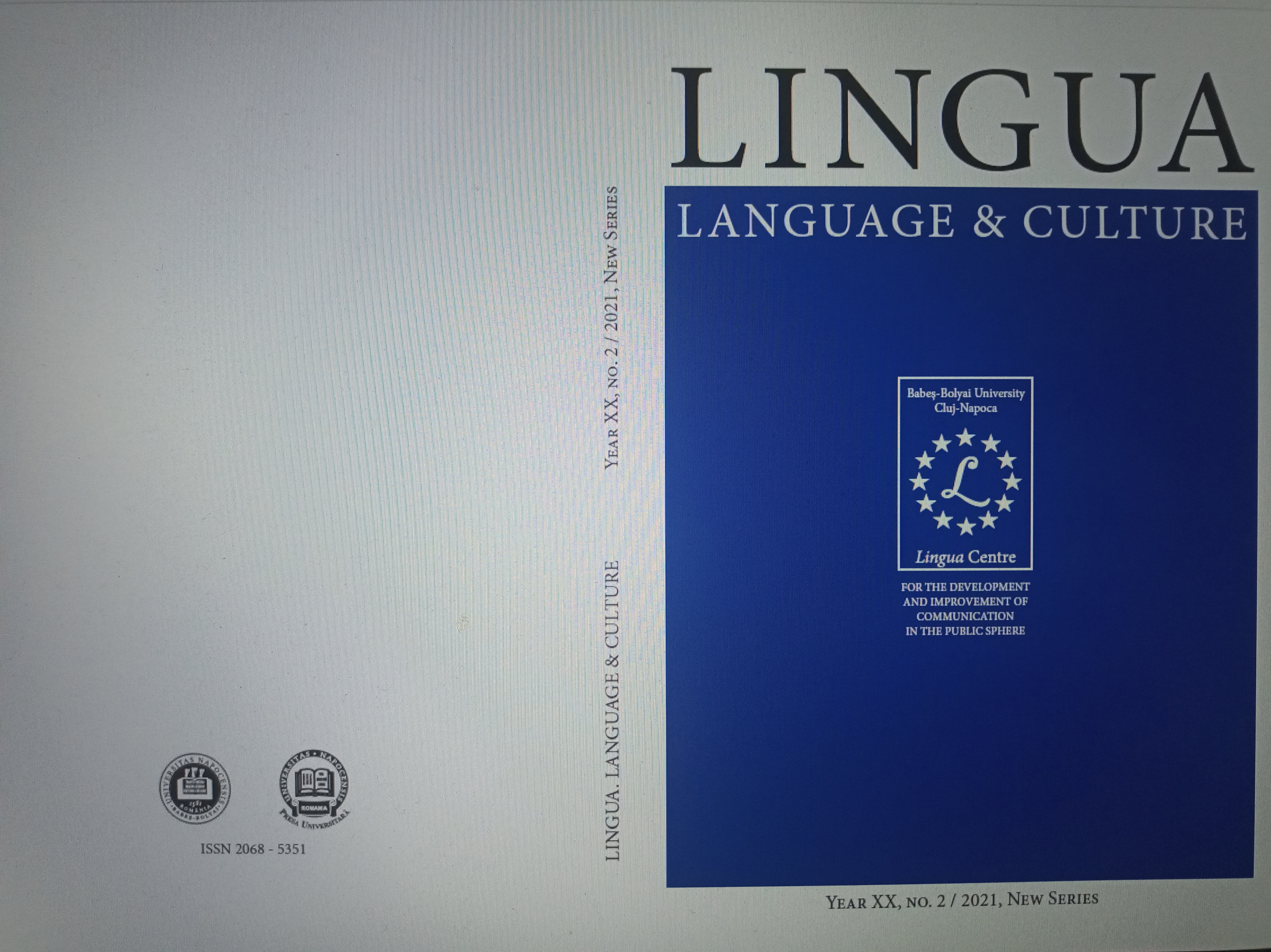La risemantizzazione nella terminologia delle arti visuali
Resemantize in the Terminology of the Visual Arts
Author(s): George Dan IstrateSubject(s): Language and Literature Studies, Visual Arts, Applied Linguistics, Stylistics
Published by: Universitatea »Babes Bolyai« Cluj - Facultatea de St. Economice si Gestiunea Afacerilor
Keywords: Terminology; Resemantize (or Semantic Redetermination); Metaphor; Semantic Transfer; Visual Arts;
Summary/Abstract: The terminology related to the visual arts includes within it many terms that are used in both specialized and common language. However, only a part of the terminology of this field can be characterized by univocity and monoreferentiality, given that some lexemes have multiple meanings, which constitutes, in principle, a factor of ambiguity. In fact, in these cases, through a terminological metaphor, the transfer of the name of one object to another is carried out, based on a similarity between them. The phenomenon can be considered a fundamental process in the formation of the metaphorical terminological lexicon. The transfer mechanism combines two notions by virtue of their common elements, neglecting the differences. Specialty studies believe that each metaphor will therefore contain three elements: the entity to be named, the one that gives it its name, and the comparable characteristic, which makes the analogy between the two possible. The analogies on the basis of which the semantic transfer is made in the visual arts are of a referential type and refer, in general, to the shape, that is to the appearance of an object, sufficient to characterize it externally. In the sector we want to analyze, the most frequent lexicalized translations concern the human body (colo, rib, rib, foot, shoulder, head, nail), plants and trees (almond, leaf, stem), animals (goat, truss , mare, stork, bull, dovetail, bear), the geometric shape (band, ovolo, pillow, cube, strip). All these terms are created on the basis of a replacement procedure, possible thanks to an analogy between one word present and the other absent, but necessary in the specialized lexicon to name a new object. Practically, through the attribution of a new meaning to an existing lexical element, resemantize (or semantic redetermination) occurs.
Journal: Lingua. Language and Culture
- Issue Year: XX/2021
- Issue No: 2
- Page Range: 138-154
- Page Count: 17
- Language: Italian

